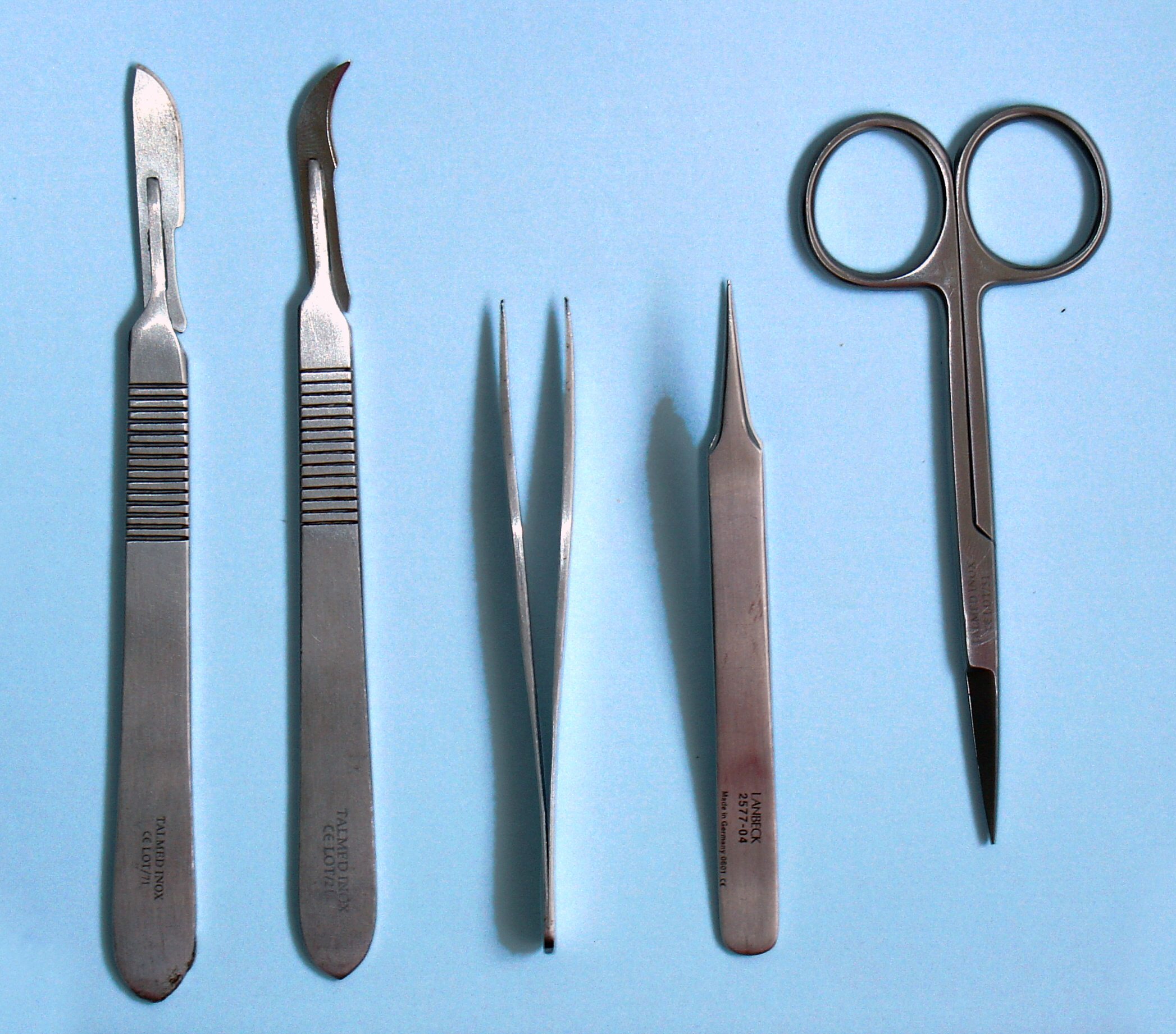|
Microdissection
Microdissection refers to a variety of techniques where a microscope is used to assist in dissection. Different kinds of techniques involve microdissection: * Chromosome microdissection — use of fine glass needle under a microscope to remove a portion from a complete chromosome. * Laser microdissection Laser capture microdissection (LCM), also called microdissection, laser microdissection (LMD), or laser-assisted microdissection (LMD or LAM), is a method for isolating specific cells of interest from microscopic regions of tissue/cells/organisms ... — use of a laser through a microscope to dissect selected cells. * Laser capture microdissection — use of a laser through a microscope to cause selected cells to adhere to a film. Microscopy {{pathology-stub ... [...More Info...] [...Related Items...] OR: [Wikipedia] [Google] [Baidu] |
Laser Microdissection
Laser capture microdissection (LCM), also called microdissection, laser microdissection (LMD), or laser-assisted microdissection (LMD or LAM), is a method for isolating specific cells of interest from microscopic regions of tissue/cells/organisms (dissection on a microscopic scale with the help of a laser). Principle Laser-capture microdissection (LCM) is a method to procure subpopulations of tissue cells under direct microscopic visualization. LCM technology can harvest the cells of interest directly or can isolate specific cells by cutting away unwanted cells to give histologically pure enriched cell populations. A variety of downstream applications exist: DNA genotyping and loss of heterozygosity (LOH) analysis, RNA transcript profiling, cDNA library generation, proteomics discovery and signal-pathway profiling. The total time required to carry out this protocol is typically 1–1.5 h. Extraction A laser is coupled into a microscope and focuses onto the tissue on the slide. ... [...More Info...] [...Related Items...] OR: [Wikipedia] [Google] [Baidu] |
Chromosome Microdissection
Chromosome microdissection is a technique that physically removes a large section of DNA from a complete chromosome. The smallest portion of DNA that can be isolated using this method comprises 10 million base pairs - hundreds or thousands of individual genes. Scientists who study chromosomes are known as cytogeneticists. They are able to identify each chromosome based on its unique pattern of dark and light bands. Certain abnormalities, however, cause chromosomes to have unusual banding patterns. For example, one chromosome may have a piece of another chromosome inserted within it, creating extra bands. Or, a portion of a chromosome may be repeated over and over again, resulting in an unusually wide, dark band (known as a homogeneously staining region). Some chromosomal aberrations have been linked to cancer and inherited genetic disorders, and the chromosomes of many tumor cells exhibit irregular bands. To understand more about what causes these conditions, scientists hope to de ... [...More Info...] [...Related Items...] OR: [Wikipedia] [Google] [Baidu] |
Microscope
A microscope () is a laboratory instrument used to examine objects that are too small to be seen by the naked eye. Microscopy is the science of investigating small objects and structures using a microscope. Microscopic means being invisible to the eye unless aided by a microscope. There are many types of microscopes, and they may be grouped in different ways. One way is to describe the method an instrument uses to interact with a sample and produce images, either by sending a beam of light or electrons through a sample in its optical path, by detecting photon emissions from a sample, or by scanning across and a short distance from the surface of a sample using a probe. The most common microscope (and the first to be invented) is the optical microscope, which uses lenses to refract visible light that passed through a thinly sectioned sample to produce an observable image. Other major types of microscopes are the fluorescence microscope, electron microscope (both the t ... [...More Info...] [...Related Items...] OR: [Wikipedia] [Google] [Baidu] |
Dissection
Dissection (from Latin ' "to cut to pieces"; also called anatomization) is the dismembering of the body of a deceased animal or plant to study its anatomical structure. Autopsy is used in pathology and forensic medicine to determine the cause of death in humans. Less extensive dissection of plants and smaller animals preserved in a formaldehyde solution is typically carried out or demonstrated in biology and natural science classes in middle school and high school, while extensive dissections of cadavers of adults and children, both fresh and preserved are carried out by medical students in medical schools as a part of the teaching in subjects such as anatomy, pathology and forensic medicine. Consequently, dissection is typically conducted in a morgue or in an anatomy lab. Dissection has been used for centuries to explore anatomy. Objections to the use of cadavers have led to the use of alternatives including virtual dissection of computer models. Overview Plant and ... [...More Info...] [...Related Items...] OR: [Wikipedia] [Google] [Baidu] |


